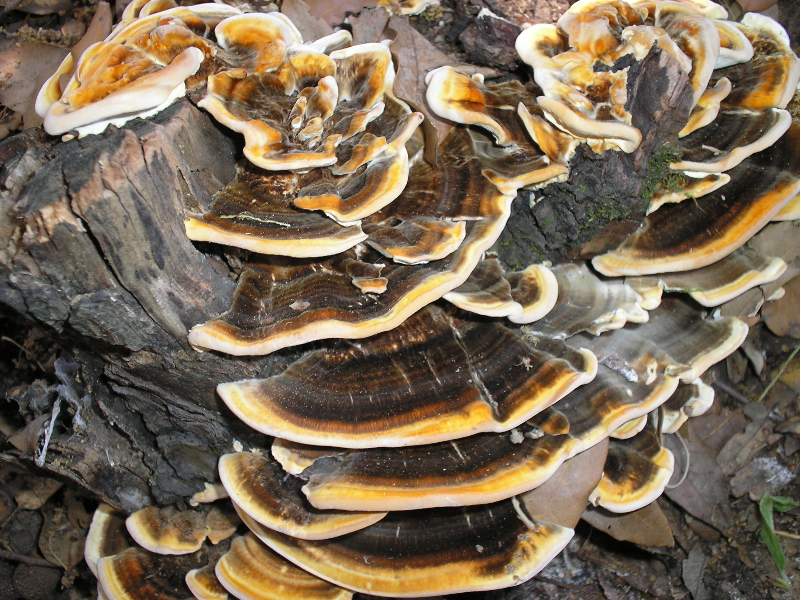Administrative Core
 The Administrative Core is essential to the success of the DCRC. The Core director, Dr. Joel Slaton (University of Minnesota), facilitates the functions of all projects and cores. Dr. Cindy Wenner (Bastyr University) is the Co-Director of the Administrative Core and co-chairs the Internal Steering Committee which meets monthly by teleconference to review the scientific progress and fiscal status. The Committee identifies problems and barriers and assures that all goals are met within realistic time and within budget constraints.
The Administrative Core is essential to the success of the DCRC. The Core director, Dr. Joel Slaton (University of Minnesota), facilitates the functions of all projects and cores. Dr. Cindy Wenner (Bastyr University) is the Co-Director of the Administrative Core and co-chairs the Internal Steering Committee which meets monthly by teleconference to review the scientific progress and fiscal status. The Committee identifies problems and barriers and assures that all goals are met within realistic time and within budget constraints.
The Administrative Coordinator works closely with the Director and Co-Director to schedule meetings with investigators and to ensure optimum communication with administrative personnel. The Director holds meetings every 2 weeks with administrative personnel. The External Advisory committee meets annually to evaluate the progress of the DCRC.

